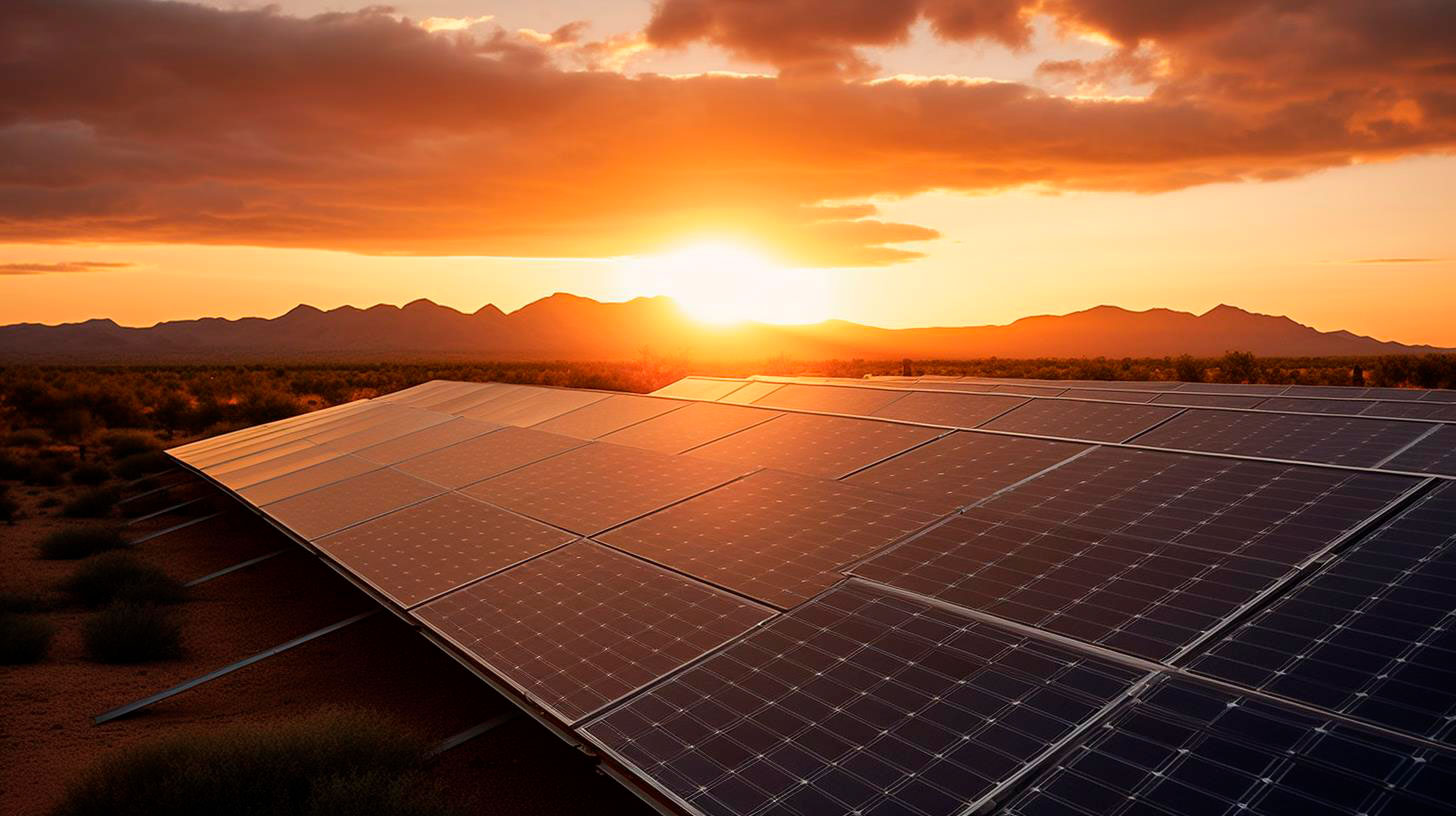From Movement to Electricity: Kinetic Energy’s Revolutionary Impact on Renewables
This innovative approach has brought about a revolution in the field of renewables, propelling us towards a greener, more sustainable future. In this article, we will delve into the impact of kinetic energy on renewables and explore its many advantages and key takeaways.
The Rise of Kinetic Energy in Renewable Technologies
With the pressing need to reduce our dependence on fossil fuels and combat climate change, harnessing renewable sources of energy has become crucial. While solar and wind power have long been at the forefront, the potential of kinetic energy has gained significant momentum in recent years. Technological advancements have allowed us to harness motion-based energies and convert them into usable electrical power, ushering in a new era of renewable technologies.
Key Takeaways:
- Kinetic energy is being increasingly recognized as a valuable source of renewable energy.
- Technological advancements have made it possible to harness motion-based energies and convert them into electricity.
- This innovative approach complements existing renewable technologies like solar and wind power.
- Utilizing kinetic energy can lead to a more diversified and reliable renewable energy portfolio.
Applications and Advantages of Harnessing Kinetic Energy
The utilization of kinetic energy encompasses a wide range of applications, each contributing to our sustainable energy goals. Let’s explore some of the key areas where it is making an impact:
1. Vibrations and Vibrational Energy
Vibrational energy, arising from the oscillations and vibrations in various objects or systems, can be transformed into electrical energy using piezoelectric materials. This technology allows us to capture and convert vibrations from sources such as traffic, footfalls in crowded areas, or even natural movements like waves in the ocean, into usable electricity.
2. Regenerative Braking
Regenerative braking systems in vehicles, particularly in electric cars and trains, make use of kinetic energy to recharge the battery. As the vehicle slows down or comes to a stop, the kinetic energy is converted into electrical energy, which is then fed back into the batteries. This regenerative process enhances the overall energy efficiency of the vehicle and reduces reliance on external charging sources.
3. Human Motion and Energy Harvesting
Innovation has provided us with advancements in wearable technology that harness the kinetic energy generated by human motion. From smartwatches to fitness trackers, these devices utilize the movement of the wearer to generate electrical power for their operation. This opens up possibilities for self-powered electronics and reduces the need for frequent battery replacements.
4. Kinetic Energy in Wind Turbines
While wind power is a well-established form of renewable energy, advancements in turbine technology have enabled us to tap into the kinetic energy of the wind more effectively. Modern turbines are designed to capture and convert the rotational motion of the blades into electrical energy, maximizing power generation. This improvement contributes to the overall efficiency and affordability of wind energy solutions.
Key Takeaways:
- Vibrational energy, regenerative braking, human motion, and wind turbines are key areas where kinetic energy is being harnessed.
- Piezoelectric materials enable the conversion of vibrations into electrical energy.
- Regenerative braking systems in vehicles use kinetic energy to recharge batteries, improving energy efficiency.
- Wearable technology leverages human motion to generate electrical power for devices.
- Advancements in wind turbine technology have enhanced the capture of kinetic energy from wind, increasing efficiency and affordability.
The Future of Kinetic Energy and Renewables
As the world continues to embrace renewable energy solutions, the role of kinetic energy is poised to expand even further. Its potential for power generation is vast, and ongoing research and development are set to optimize its utilization. Below are some exciting developments and potential future applications:
1. Integration with Smart Cities
The advancements in capturing kinetic energy from vibrations and human motion create opportunities for its integration in smart cities. Everyday movements, such as footfalls on busy streets or vibrations from public transport systems, can be transformed into electrical energy to power streetlights, sensors, and other urban infrastructure.
2. Microscale Energy Harvesting
Miniaturized energy harvesting devices can be embedded in various objects and systems, allowing them to generate power through kinetic energy. This opens up avenues for remote sensing, Internet of Things (IoT) devices, and low-power applications that require self-sustainability without the need for frequent battery replacements.
3. Hybrid Renewable Systems
The combination of multiple renewable technologies, including kinetic energy, can lead to the development of hybrid systems that offer greater stability and reliability. Integrating kinetic energy with existing solar and wind power installations creates a more resilient energy ecosystem that can handle fluctuations in weather conditions and energy demand.
Key Takeaways:
- Kinetic energy holds immense potential for future integration within smart cities.
- Microscale energy harvesting allows for self-powered IoT devices and remote sensing applications.
- Hybrid renewable systems that combine kinetic energy with other sources offer enhanced stability and reliability in power generation.
Conclusion
The remarkable advancements in harnessing kinetic energy have opened up new frontiers in the field of renewable energy. By tapping into the power of movement, we are enriching our renewable energy portfolio and driving the transition towards a more sustainable future. From vibrations and regenerative braking to human motion and wind turbines, the applications of kinetic energy are diverse and far-reaching. By further exploring its potential, integrating it with smart cities, and constructing hybrid renewable systems, we can maximize its benefits and create a greener and more resilient energy landscape.
Let us embrace the revolutionary impact of kinetic energy on renewables and propel ourselves towards a cleaner, more sustainable world.
